Composers / Witold Lutosławski / Routes

Trasa In lecture halls
The complication of music, which increasingly seldom resembled that to which listeners were accustomed when attending opera houses and philharmonic halls, meant that during the second half of the twentieth century composers were not infrequently asked about the sense and purpose of what they were composing. The lecture given by Lutosławski in 1963 on the BBC was even significantly titled ‘Is this music?’ Composers were attempting to explain their point of view to listeners and familiarise the public with their standpoints, and Lutosławski took up the task many times.
To begin with, his lectures focussed on the innovative ideas of Polish composers that were arousing great interest at that time. He spoke about them during the Zagreb Biennale in 1961and also to participants in the Summer School at Tanglewood a year later. With time, however, he turned his attentions to his own technique and his most recent works.
He would speak to members of learned and artistic academies, to musicologists and music lovers of all ages. The number of places where he talked publicly about music is so great that only the most important are marked on the map.
The range of topics that he addressed expanded as the years went on, but in the last few years of his life he most often returned to a single theme: the ubiquitous pseudo-music seeping from everywhere, which kills people’s sensitivity and causes music to be treated no longer as art, but merely as aural wallpaper.
During the seventies, interest in Lutosławski’s music and acknowledgement of his output meant that the roles were increasingly often reversed. It was not Lutosławski who was explaining his scores, but others – not infrequently in his presence. During the eighties, the first seminars devoted to his music were organised.
*
From the sixties onwards, Lutosławski participated in workshops organised by music academies and summer schools for musicians, in which he worked with performers of his works. He accompanied musicians learning his chamber works and led rehearsals with youth orchestras, preparing them for concert performances of his music.
‘I have slight pangs of conscience that I never agreed to take a composition class at an institution of higher education in Poland – he said in one interview. – I feel a little guilty, because many young people in Poland, and also elsewhere, would like to learn from me. I have always replied that I don’t teach. But I did find a solution – my readiness to enter into personal contact with those who would like to or need to’. Thus he accepted invitations to courses for composers, did not refuse when someone wanted to consult with him, and even invited what he considered to be promising young composers to visit him. Włodzimierz Kotoński, whose composition class in Warsaw was regarded as the best in Poland at the time, related:
‘He asked me himself: “If you’ve got your eye on someone gifted at the moment, then send them, send them!” I would give him the telephone number, he would make an appointment, and afterwards they would tell me that they were not really lessons, but conversations about music… That gave them a huge amount; they were delighted just to have that contact with the master. And that later gave rise to scholarships that he funded’. Those scholarships were a symbolic payment of the debt that he incurred years before with his teacher, Witold Maliszewski. During the 1920s, when the Lutosławski family was affected by the consequences of the great economic crisis, Witold was forced to admit to his teacher that he would be unable to continue his lessons due to a lack of money. Maliszewski then declared that he would teach him for free, and when faced with the ambitious student’s moral scruples, he proposed that he ‘take out a debt’, which he would pay in the future in respect to those younger than him.
Lutosławski willingly met with young musicians in private, revealing secrets of the art of composing to them. Occasionally, he would offer advice on the fundamental question as to how that unusual profession should be cultivated.
‘I’m sometimes visited by my younger fellow composers – he wrote in 1987. – They show me their scores and we listen to recordings of their works together. In conversations with them, I sometimes sense a need for advice, for answers to questions that are bothering them. It usually boils down to the fundamental matter expressed in the touchingly naïve question “How should one write now?”
My answer is incredibly simple and always the same: “Write what you yourself would like to hear”. The word “now” used in the question immediately signals the young composer’s interest in adapting to some currently prevailing trends, orientations or even fads. That approach is utterly false, first because, in adopting it, a composer voluntarily condemns himself to the role of a satellite, not even suspecting that he might have something to transmit to others from himself. And that last element is the sole justification for pursuing artistic creativity’.
-
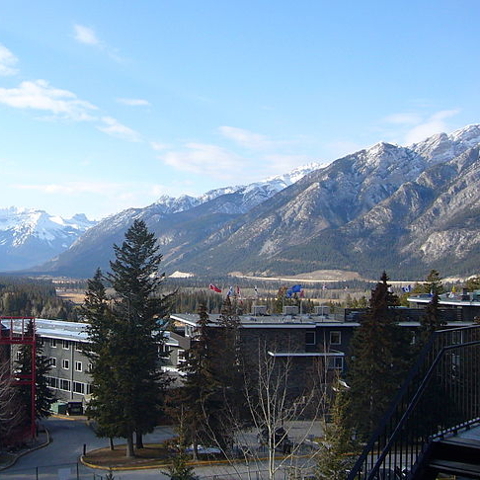
Banff Centre. (creative commons)
-

Castle in Baranów Sandomierski. (creative commons)
-

Central courtyard of Lancaster University. Phot. Christoph Michels. (creative commons)
-
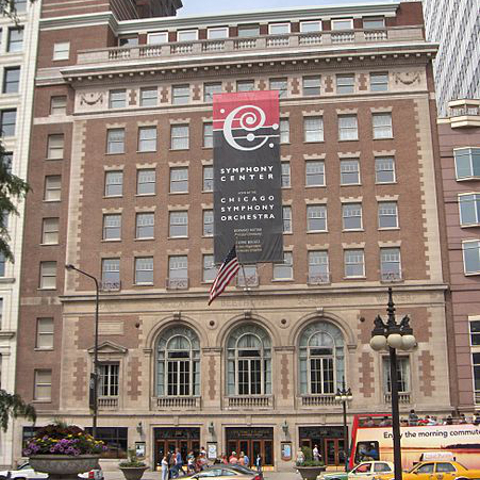
Chicago Symphony Center. (creative commons)
-
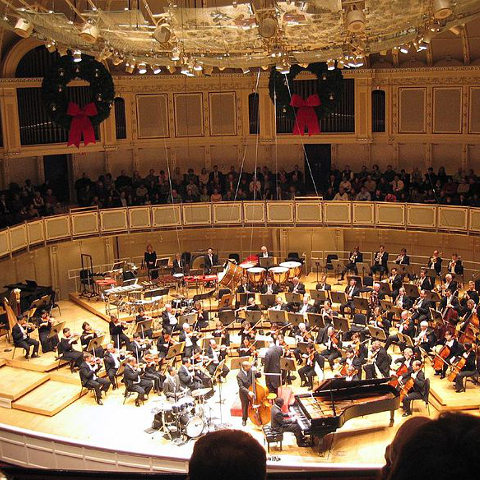
Chicago Symphony Orchestra. Phot. Jordan Fischer. (creative commons)
-
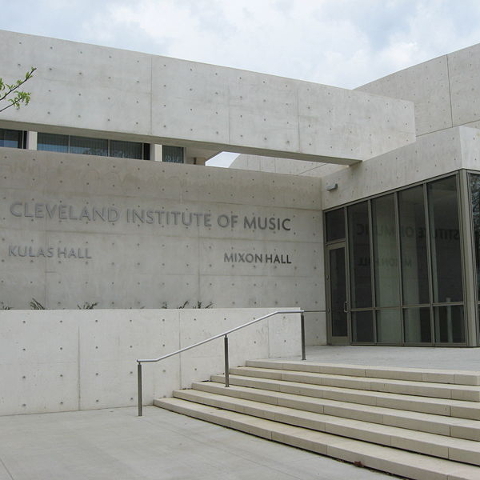
Cleveland Institute of Music. (creative commons)
-

College-Conservatory of Music on University of Cincinnati.
-

Collegium Maximum of the Nicolaus Copernicus University in Torun. (creative commons)
-
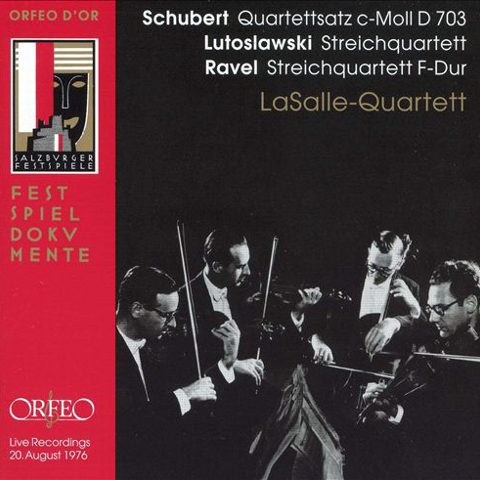
Cover of LaSalle album with Lutosławski’s String Quartett.
-
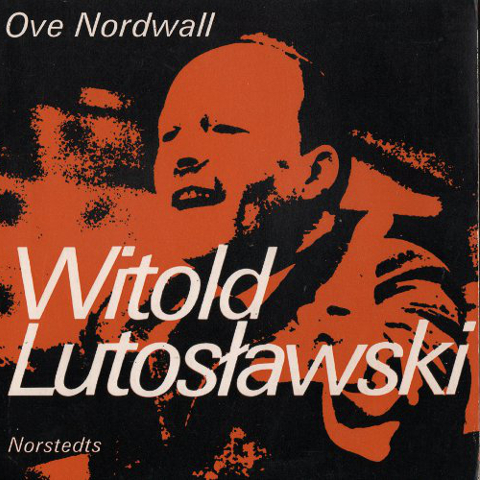
Cover of ”Witold Lutosławski och hans musik” by Ove Nordvall, Stockholm, 1969.
-

Entrance to the Great Hall at Dartington Hall. (creative commons)
-

Esa-Pekka Salonen. Phot. Louisa Dedalus. (creative commons)
-

Glasgow University. Phot. Michael Hanselmann. (creative commons)
-
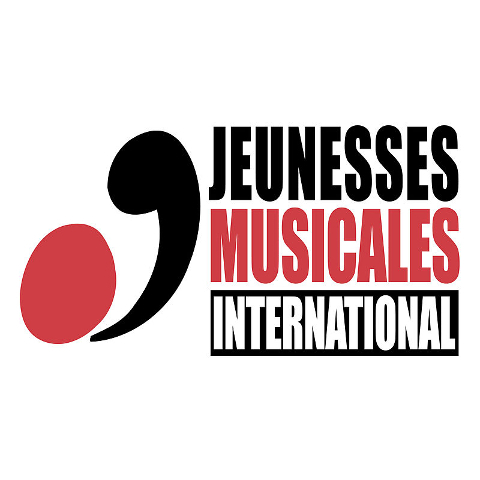
Jeuneusses Musicales Logo.
-
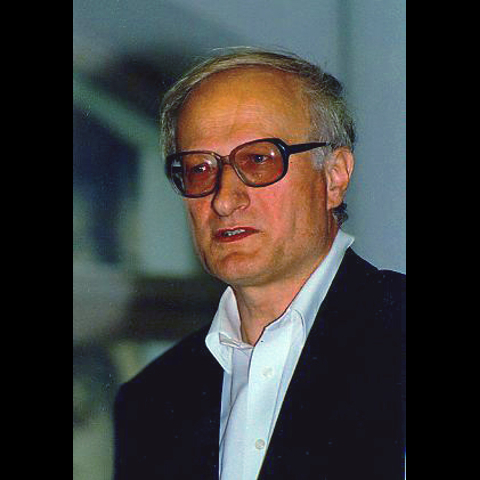
Krzysztof Meyer (2002), phot. Pfeiffer. (creative commons)
-
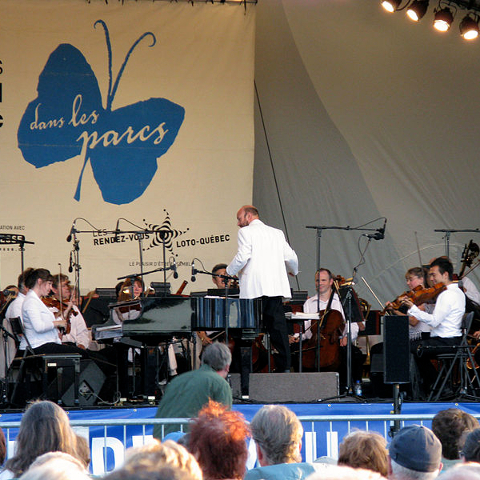
Montreal Symphony Orchestra. Phot. Jean-Philippe Boulet. (creative commons)
-

Music Building in University of Pittsburgh. Phot. Tim Engleman. (creative commons)
-
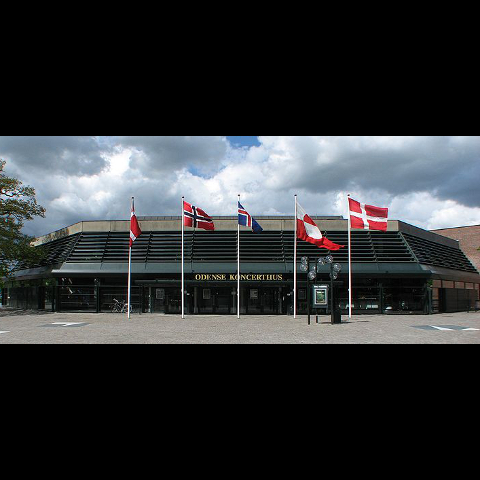
Odense Concert Hall. Phot. Kåre Thor Olsen. (creative commons)
-

Outside Basel-Mulhouse EuroAirport. Phot. Fanny Schertzer. (creative commons)
-
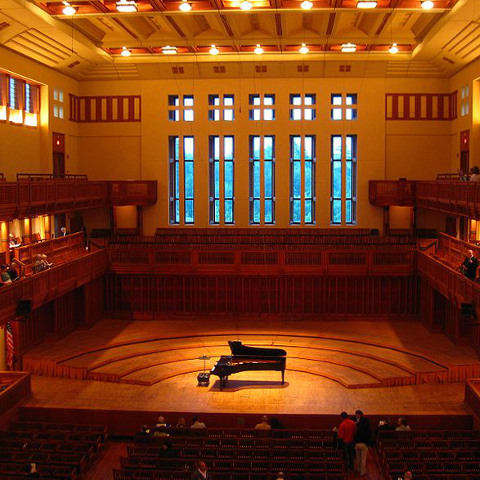
Ozawa Hall at Tanglewood. (creative commons)
-

Palace in Wzdów. (creative commons)
-
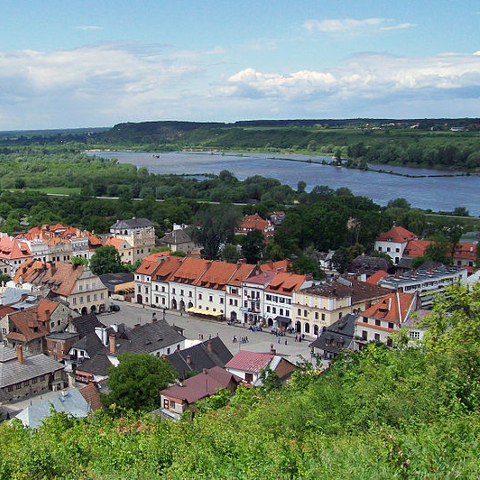
Panorama od Kazimierz nad Wisłą. (creative commons)
-
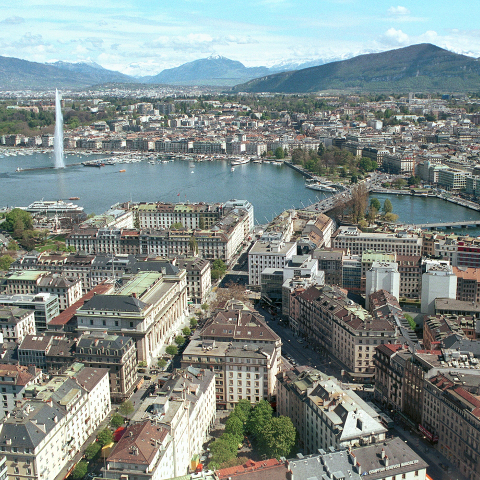
Panorama of Geneva and Lake. (creative commons)
-

Partecipants of Spotkania muzyczne in Baranów (1976). First row from the left: Krystyna Tarnawska-Kaczorowska, Wanda i Mieczysław Tomaszewscy, Michał Bristiger, Krystyna Moszumańska-Nazar, Halina Kenarowa, Krzysztof Penderecki, Jan Hoffman, Witold i Danuta Lutosławscy, Stefan Jarociński. Phot. Stanisław Szlęzak.
-
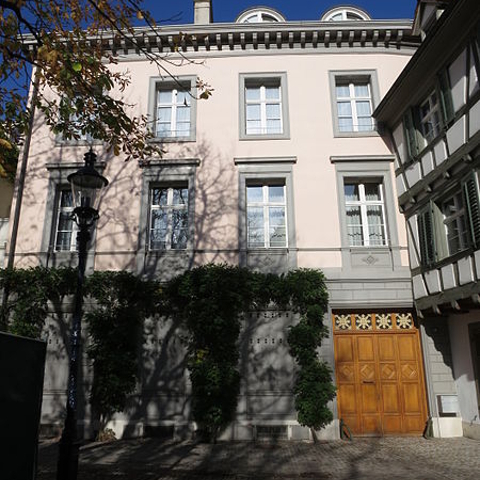
Paul Sacher Archive. (creative commons)
-
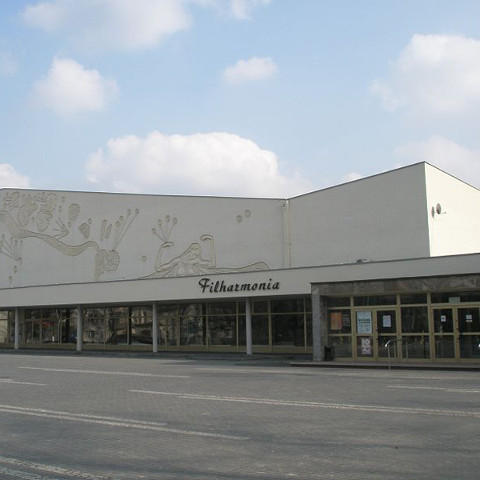
Philharmony in Białystok. (creative commons)
-
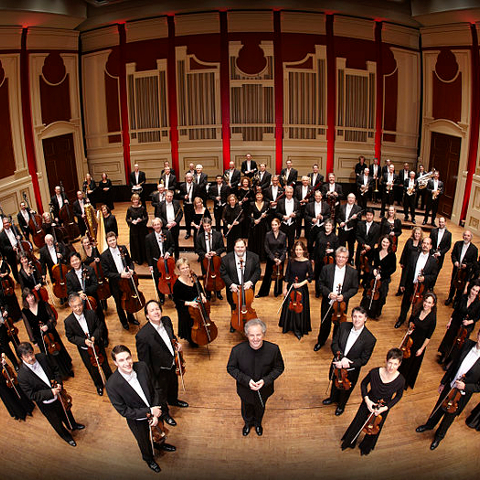
Pittsburgh Symphony Orchestra. Phot. Michael Sahaida. (creative commons)
-

Plaque on Saska Kępa in Warsaw. Phot. Tadeusz Rudzki. (creative commons)
-
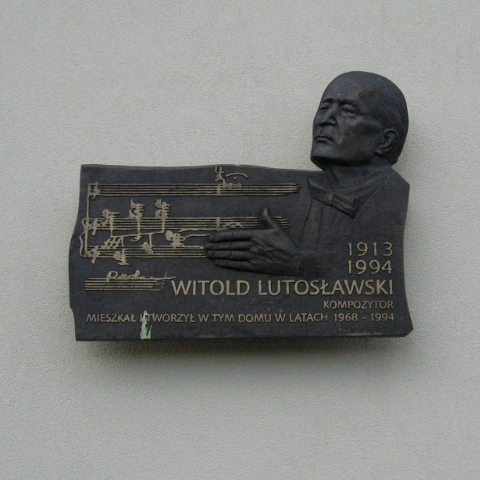
Plaque on Żoliborz in Warsaw. www.warszawa.wikia.com
-
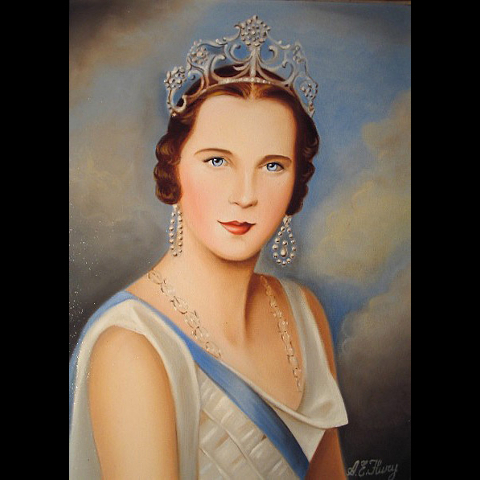
Portrait of Queen Maria José by Albert Edwin Flury. (creative commons)
-

Queen’s University in Belfast.
-
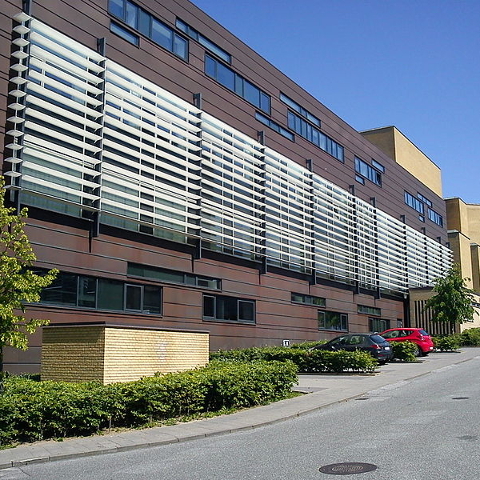
Royal Academy of Music in Århus (creative commons)
-
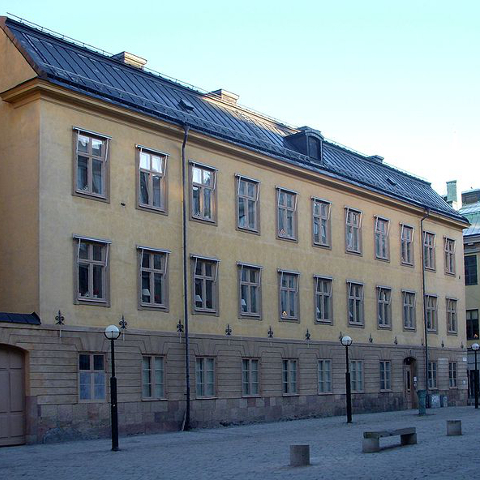
Royal Swedish Academy of Music. (creative commons)
-
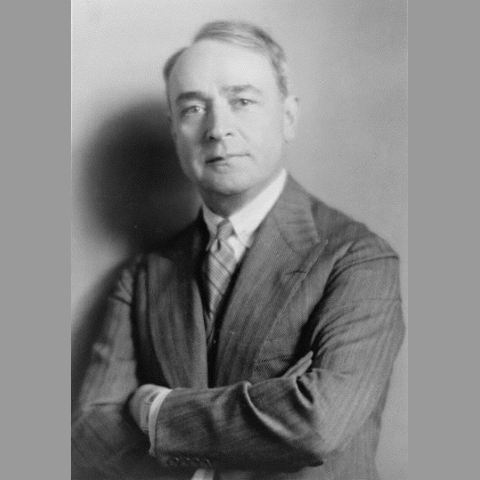
Serge Koussevitzky. Phot. George Grantham Bain. Library of Congress.
-
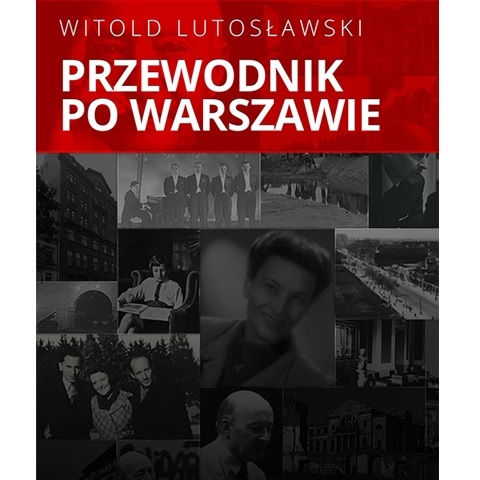
Startup screen from application ”Witold Lutosławski. Guide to Warsaw” available for devices with systems: Adroid, iOS and Windows Phone.
-
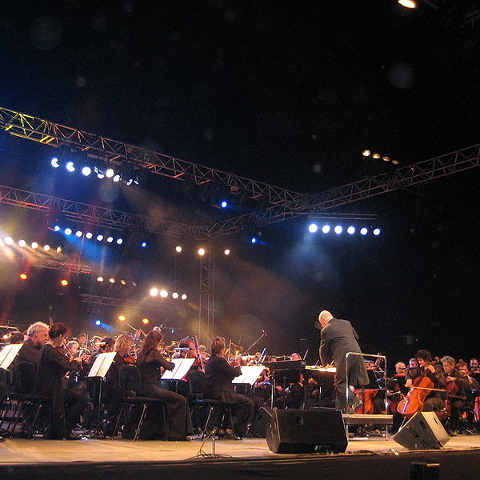
Strasbourg Philharmony Orchestra.
-

Strathcona Music Building of McGill University. (creative commons)
-

Symphony Hall in Boston. (creative commons)
-

Tanglewood Music Shed and Lawn. Phot. Daderot. (crative commons)
-

The University of Texas at Austin. Phot. Reid Sullivan.
-
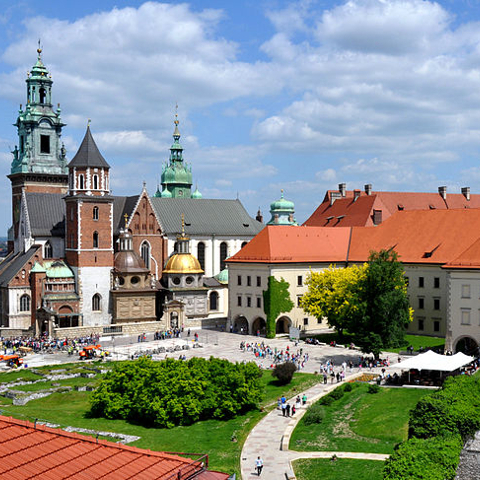
The Wawel Castle and Cathedral in Krakow. (creative commons)
-

University of Cambridge. Phot. Andrew Dunn. (creative commons)
-
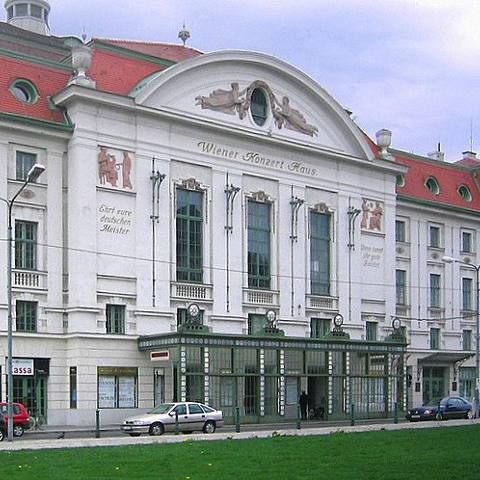
Wiener Konzerthaus (concert hall). Phot. Andreas Praefcke. (creative commons)
-
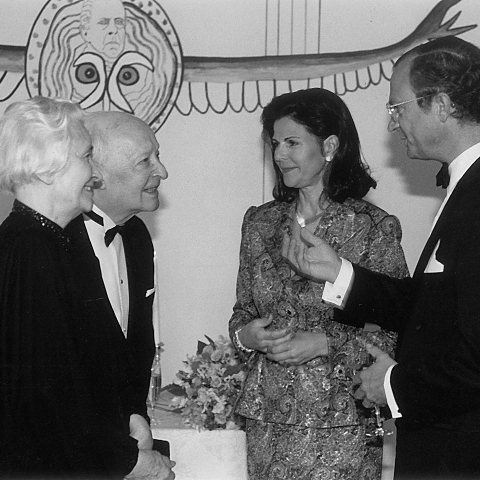
Witold Lutosławski and his wife Danuta in an interview with the Swedish royal couple (18.05.1993). Phot. Hans T. Dahlskog. From the archive of the ”Ruch Muzyczny”.
-
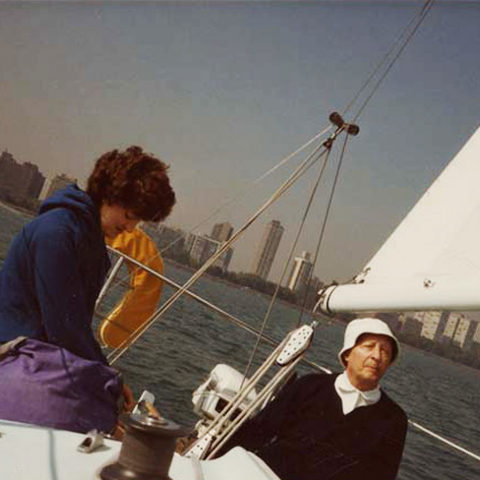
Witold Lutosławski and his wife Danuta on Michigan Lake. The Witold Lutosławski Society.
-
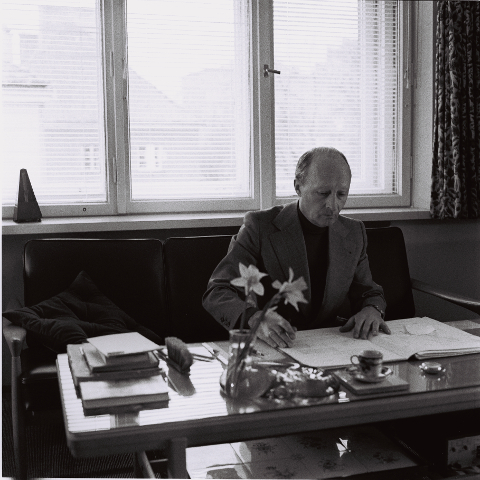
Witold Lutosławski at the desk. Phot. Jan Styczyński. The Witold Lutosławski Society.
-

Witold Lutosławski during the rehearsal with LaSalle quartett in Cincinnati (1977). Phot. Sandy Underwood.
-
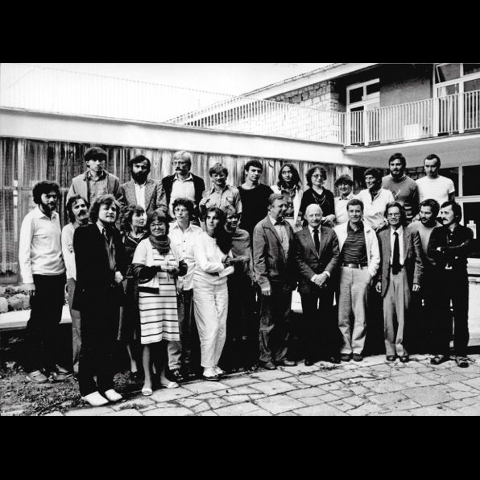
Witold Lutosławski on International Course for Young Composers in Kazimierz Dolny (1983). Phot. Piotr Kotoński.
-

Witold Lutosławski on Polar Music Prize ceremony (1993). Private collections of Gabriela and Martin Bogusławski.
-
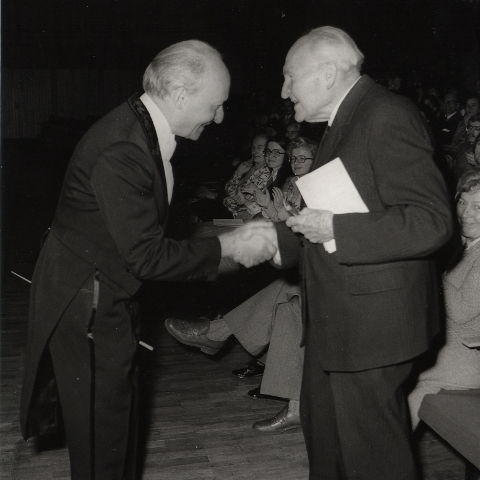
Witold Lutosławski receiving a doctorate honoris causa from the Nicolaus Copernicus University in Toruń (1980). Phot. Tadeusz Cytulski. Archive of the ”Ruch Muzyczny”.
-
_fot._cso_archiveslebrecht_music_&_arts_be&w.jpg)
Witold Lutosławski with Georg Solti during the world premiere of The Third Symphony with Chicago Symphony Orchestra (29 IX 1983). Phot. CSO Archives Lebrecht Music&Arts/BE&W
-
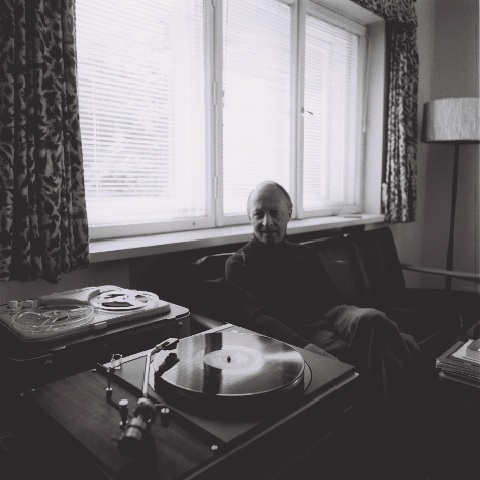
Witold Lutosławski with grammophone. Phot. Jan Styczyński. The Witold Lutosławski Society.
-

Witold Lutosławski with LaSalle quartett in Cincinnati (1977). Phot. Sandy Underwood.
-

Witold Lutosławski with Queen Elisabeth. Private collections of Gabriela and Martin Bogusławski.